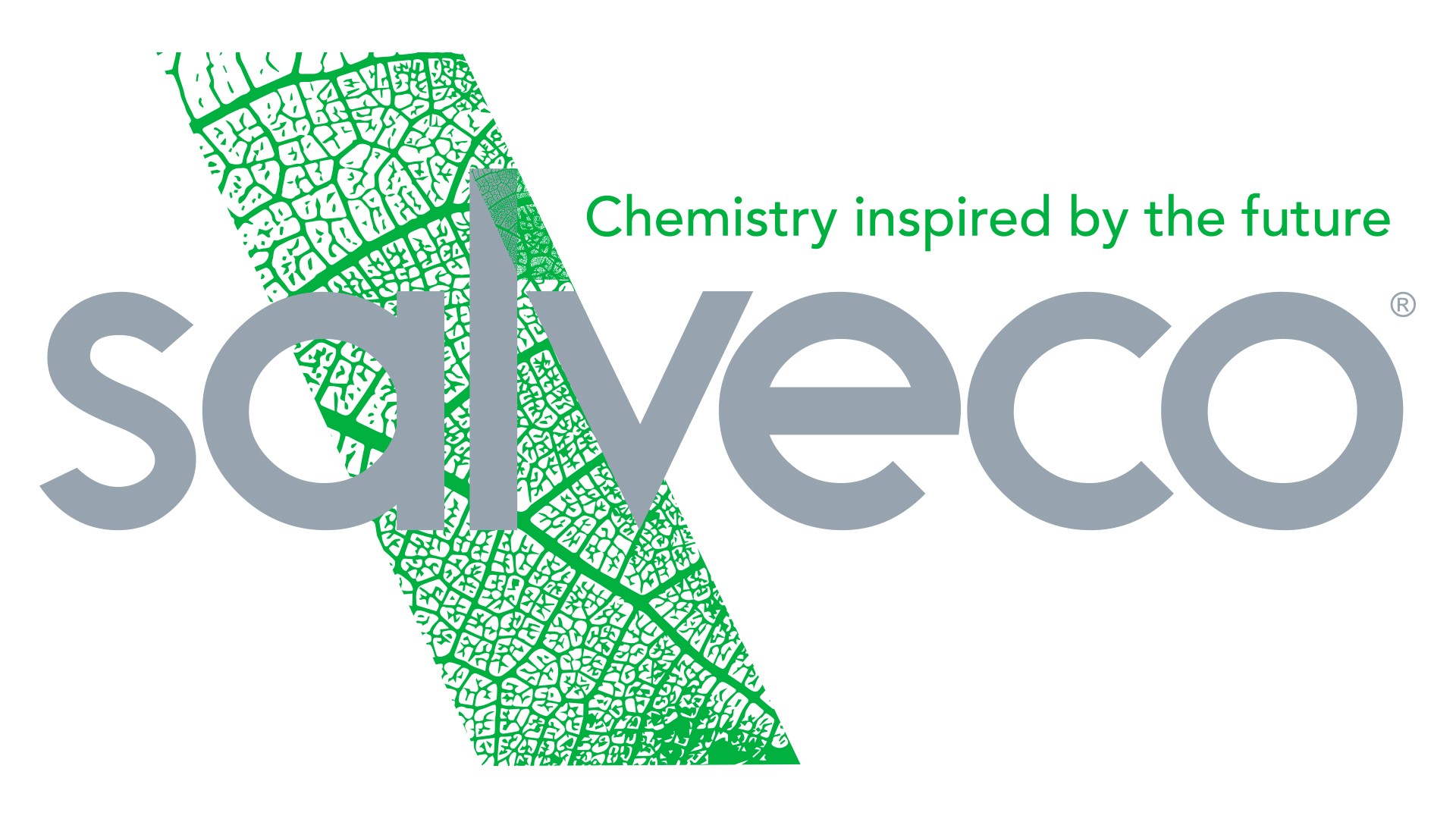Our cutting-edge manufacturing units can satisfy our clients needs, as well in B to B as in B to C.
Whether your clients are professional or private, SALVECO is able to formulate and package all types of detergent products :
- From Kitchen countertop cleaner to ovens descaler
- From floors maintenance to industrial renovation
- From sanitary maintenance to powerful descaler product
- From general cleaning to specialized fragile surfaces product
- From surfaces disinfecting product to antiseptic soap
- From body car shampoo to rims cleaner
- And several other applications…
